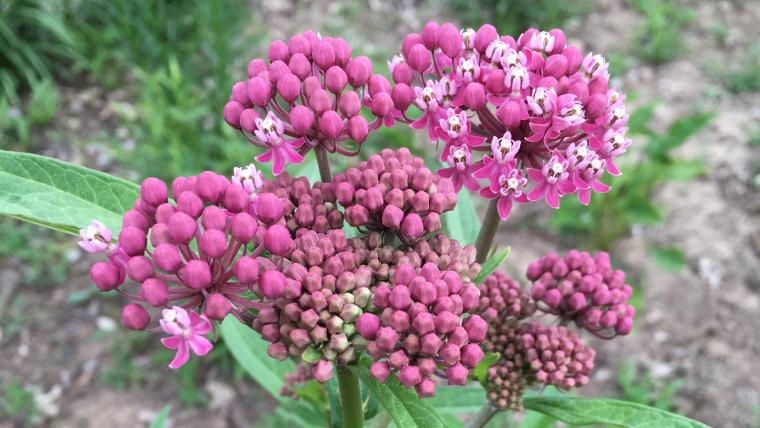
In a nutshell
When it comes to studying the influence of climate on flowering phenology, plants in temperate or tropical areas are often the focus. In temperate regions, flowering phenology is linked to temperatures in the 1-3 months prior to flowering; in tropical regions, precipitation influences flowering. Sub-tropical regions contain plants with various flowering times throughout the spring and summer. Flowering in these regions is thought to be more sensitive to temperature than precipitation, though this has not been widely studied.
To address this gap in knowledge regarding cues to flowering in plants of the subtropics, the authors of this study looked at herbarium records of over 1700 native herbaceous flowering plant species from South Carolina from 1951 to 2009. They found plants that flowered in early and late spring and summer were al influenced by March temperatures; February temperatures also appear to be important to plants that flowered late in the season.
What is special about this study?
The authors focus on the humid, subtropical ecosystem of the southeast, which has not been extensively studied. This region is an important transitional zone in between tropical and temperate regions, but little is known about the phenology of the flowering plants in this region.
Many universities, museums, and botanical gardens keep herbarium records, but they are an underappreciated resource. Previous studies that used herbarium records focused on a small set of highly collected species, limited to a localized area. These authors used records from a large suite of species from across the state. This broader focus gives general estimates of how flowering varies from year to year across the entire community.
What does this mean for YOU?
Studies like this fill in the gaps in our knowledge of what causes plants to leaf out, flower, and fruit at different times. We can then better understand how changes in climate will impact these communities in the future. This study is also an important validation of the use of herbarium records to show yearly and long-term patterns of variation in flowering phenology. These records are critical when other types of records are not available.
Citation: Park, I.W. and Schwartz, M.D. 2015 Long-term herbarium records reveal temperature-dependent changes in flowering phenology in the southeastern USA. International Journal of Biometeorology 59:347-355.